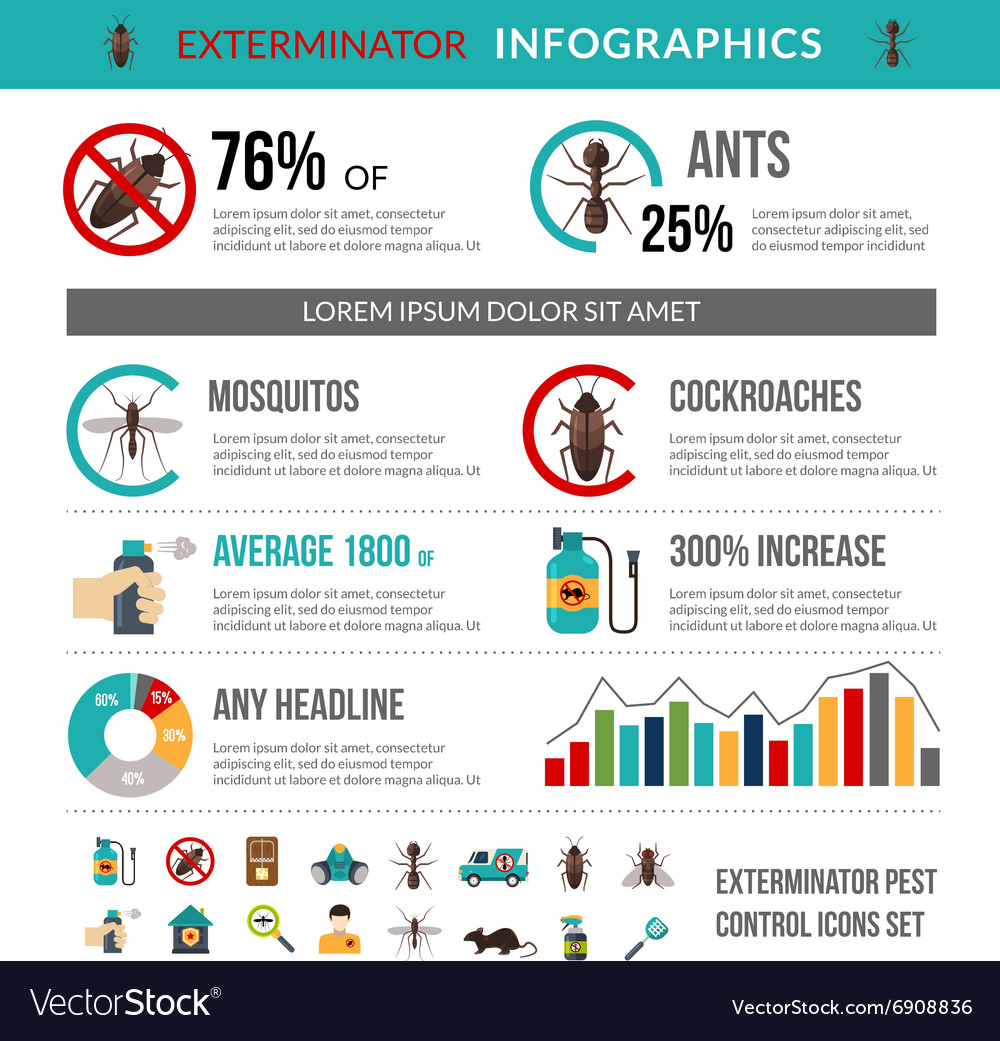Learn Important Methods To Secure Your House From Rats In The Attic
Learn Important Methods To Secure Your House From Rats In The Attic
Blog Article
Write-Up Created By-Jenkins Park
Visualize your attic room as a comfortable Airbnb for rats, with insulation as fluffy as hotel cushions and wiring a lot more attracting than space solution. Now, think of these unwanted guests throwing a wild event in your home while you're away. As pest control supplies near me , guaranteeing your attic room is rodent-proof is not almost assurance; it's about safeguarding your home and enjoyed ones. So, what easy actions can you require to secure your refuge from these furry intruders?
Examine for Entry Details
To start rodent-proofing your attic room, inspect for entrance factors. Start by very carefully checking out the outside of your home, seeking any type of openings that rats can utilize to access to your attic room. Check for gaps around utility lines, vents, and pipelines, along with any kind of fractures or holes in the structure or home siding. Ensure to pay close attention to areas where various building products meet, as these are common access points for rats.
In addition, evaluate the roofing for any damaged or missing out on shingles, in addition to any kind of spaces around the edges where rodents could squeeze with. Inside the attic room, look for indicators of existing rodent activity such as droppings, ate cords, or nesting products. Utilize a flashlight to extensively inspect dark edges and hidden spaces.
Seal Cracks and Gaps
Examine your attic room thoroughly for any type of splits and spaces that require to be sealed to prevent rats from getting in. Rodents can squeeze with even the smallest openings, so it's crucial to seal any type of possible access points. Check around pipes, vents, cords, and where the walls satisfy the roof. Utilize pest control charlottesville of steel wool and caulking to seal these openings effectively. Steel woollen is an excellent deterrent as rats can not chew via it. Ensure that all voids are securely sealed to deny accessibility to unwanted bugs.
Do not forget click the up coming webpage of securing voids around doors and windows as well. Usage weather condition removing or door moves to secure these locations successfully. Inspect the areas where utility lines enter the attic and seal them off utilizing a suitable sealant. By putting in the time to seal all cracks and voids in your attic room, you develop a barrier that rats will find difficult to violation. Prevention is key in rodent-proofing your attic room, so be comprehensive in your initiatives to seal any type of potential entrance factors.
Get Rid Of Food Resources
Take aggressive procedures to get rid of or store all potential food sources in your attic room to discourage rats from infesting the space. Rats are attracted to food, so eliminating their food sources is vital in maintaining them out of your attic room.
Right here's what you can do:
1. ** Shop food safely **: Stay clear of leaving any kind of food products in the attic room. Shop all food in closed containers constructed from steel or sturdy plastic to avoid rodents from accessing them.
2. ** Tidy up debris **: Remove any type of heaps of debris, such as old newspapers, cardboard boxes, or wood scraps, that rats might use as nesting product or food sources. Keep the attic clutter-free to make it much less enticing to rats.
3. ** Dispose of trash properly **: If you utilize your attic for storage and have garbage or waste up there, see to it to throw away it routinely and effectively. Rotting trash bin draw in rats, so maintain the attic clean and free of any type of organic waste.
Verdict
Finally, bear in mind that an ounce of avoidance deserves a pound of remedy when it involves rodent-proofing your attic room.
By taking the time to examine for entry points, seal splits and spaces, and remove food sources, you can keep undesirable pests away.
Keep in mind, 'An ounce of prevention is worth a pound of cure' - Benjamin Franklin.
Keep positive and shield your home from rodent infestations.
